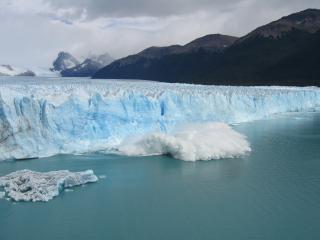Advertisement
When the Supreme Court ruled in favor of same-sex marriage this summer, we became a better country. The post-decision United States was not merely different, although that was true; we’d become a more just, fair, and decent nation. Being different is easy; being better is hard. If we prevented interracial marriage or allowed adults to marry children, we’d be different—and worse.
“This is better than that.” In the modern world, such a statement is likely to generate protest. Who are you to decide? Isn’t this imposing your view on others? What if another culture disagrees? Well-intended liberals and open-minded progressives have become so tolerant of differences that we’re reluctant to judge ideas, places, or people. There is much to be said for accepting diverse perspectives; humility is a virtue. But unless we accept the importance and legitimacy of making—and defending—judgments, there’s little point to ethical inquiry, art schools, or conservation programs.
Many of my students in introductory philosophy courses begin from a position of moral relativism—the notion that an ethical action is merely whatever a person claims it to be. For admirable reasons, they seek to be accepting of other views (and it’s hard work to defend one’s judgment). But such a position collapses when they seriously consider whether the wrongness of slavery and genocide is merely a cultural construct or whether mutilating the genitals of girls is an ethically defensible practice. Sure, there are tough cases and gray areas, but shooting octogenarian retirees for sport (a favorite example of a philosophical colleague) is just wrong.
What about aesthetic judgments? Is every poem admirable and every painting laudable? Teaching poetry or painting requires the cultivation of taste—the capacity to discern relevant features and perceive a work as being worthy of acclaim or approbation. And humans around the planet do have shared sensory sensitivities, which cultures have variously modified. Not every sound and sight (or flavor, texture, or odor) is equally pleasant or evocative. Otherwise, it would be vacuous to provide constructive criticism to art students. We should simply clap our hands and declare each creation as wondrous in its own special way.
So what about landscapes, habitats, and organisms? There are those who would contend that they’re all beautiful—that our task is to perceive the wondrous elements in abandoned lots, weedy roadsides, and five-legged frogs. Who are we to judge these as being no better than national parks, wilderness preserves, and “normal” amphibians? They’re all wild—even “natural” if we expand this notion sufficiently—in some fashion and to some degree, after all.
Of course, the moral standards of philosophy and the aesthetic standards of art don’t extend to nature—predators are not blameworthy for how they kill their prey and there is no intentional creator who can succeed or fail in an artistic sense. But when humans are involved as co-creators of environments (which is the case in virtually all places on Earth), there is an element of profound responsibility. That is, we participate in shaping an ecological story from which it is possible, even essential, to derive a judgment. And stories are the soul of what it means to be human, for we know ourselves and the world in narrative terms.
So, here’s the judgment we must make. Let us take “this” as Denali National Park, the John Muir Wilderness, and healthy wildlife—all of which exemplify tales of human foresight, humility, and restraint. And let’s take “that” to be eroded farmland, overgrown city lots, and bodies deformed by synthetic toxins—all of which exemplify stories of greed, disregard, and arrogance. If we are to be judged as fully human, we must have the integrity to judge “this” is better than “that.”
